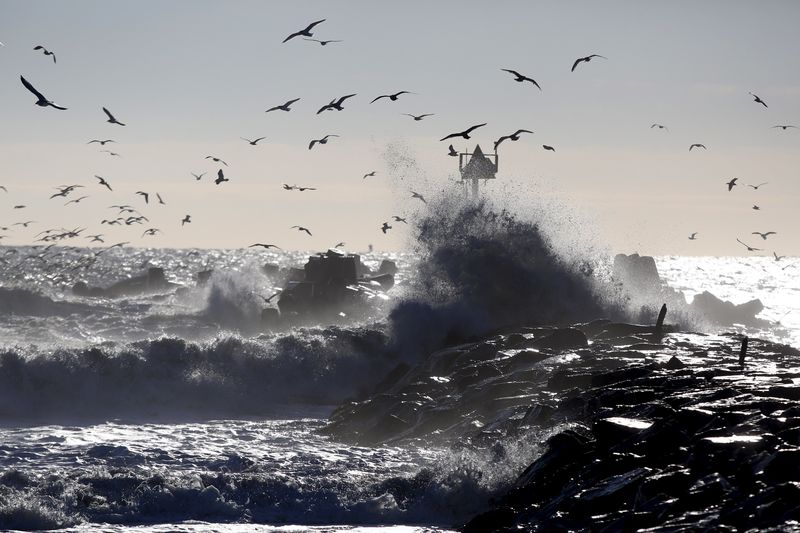(Reuters) - There is a 59% chance of La Nina emerging in the November-January period, a U.S. government forecaster said on Thursday, adding that the eventual onset of La Nina conditions would be weak and short-lived.
WHY IT'S IMPORTANT
La Nina, a climatic phenomenon characterized bycooler-than-average ocean temperatures in the central andeastern equatorial Pacific, is associated with both floods anddroughts affecting global agriculture, and higher Caribbeanhurricane activity.
CONTEXT
"Weak La Nina conditions would be less likely to result in conventional winter impacts, though predictable signals could still influence the forecast guidance," the National Weather Service's Climate Prediction Center (CPC) said in its monthly forecast.
ENSO-neutral, a cycle between El Nino and La Nina weather patterns, continued in November, the CPC said, adding that there is a 61% chance of a transition to neutral conditions by March-May next year again.
El Nino is a natural warming of eastern and central Pacific Ocean surface temperatures, while La Nina is characterized by colder temperatures in the equatorial Pacific region.
Earlier this week, Japan's weather bureau said that characteristics of the La Nina phenomena are becoming apparent as the winter progresses, but there are no signs of La Nina or El Nino so far.
The World Meteorological Organization (WMO) on Wednesday said there is more than a 50% chance of La Niña developing in the next three months, but if it does it will be relatively weak and short-lived.
KEY QUOTES
This year the transition to La Nina has been longer than initially thought of, as initial thinking was for it to be back in late summer or early autumn, said Tyler Roys, Senior Meteorologist, Lead European Forecaster at AccuWeather, adding that it is also expected to be short lived.
Major crop areas of South Africa, Argentina, Brazil and wheat in Australia typically benefit from a wetter weather pattern that leads near to above the historical average rainfall, Roys added.
